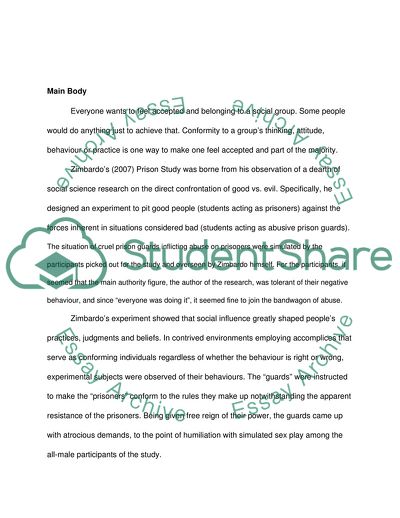Cite this document
(Social Psychology Essay Example | Topics and Well Written Essays - 1750 words - 5, n.d.)
Social Psychology Essay Example | Topics and Well Written Essays - 1750 words - 5. https://studentshare.org/ethics/1830063-social-psychology
Social Psychology Essay Example | Topics and Well Written Essays - 1750 words - 5. https://studentshare.org/ethics/1830063-social-psychology
(Social Psychology Essay Example | Topics and Well Written Essays - 1750 Words - 5)
Social Psychology Essay Example | Topics and Well Written Essays - 1750 Words - 5. https://studentshare.org/ethics/1830063-social-psychology.
Social Psychology Essay Example | Topics and Well Written Essays - 1750 Words - 5. https://studentshare.org/ethics/1830063-social-psychology.
“Social Psychology Essay Example | Topics and Well Written Essays - 1750 Words - 5”. https://studentshare.org/ethics/1830063-social-psychology.


